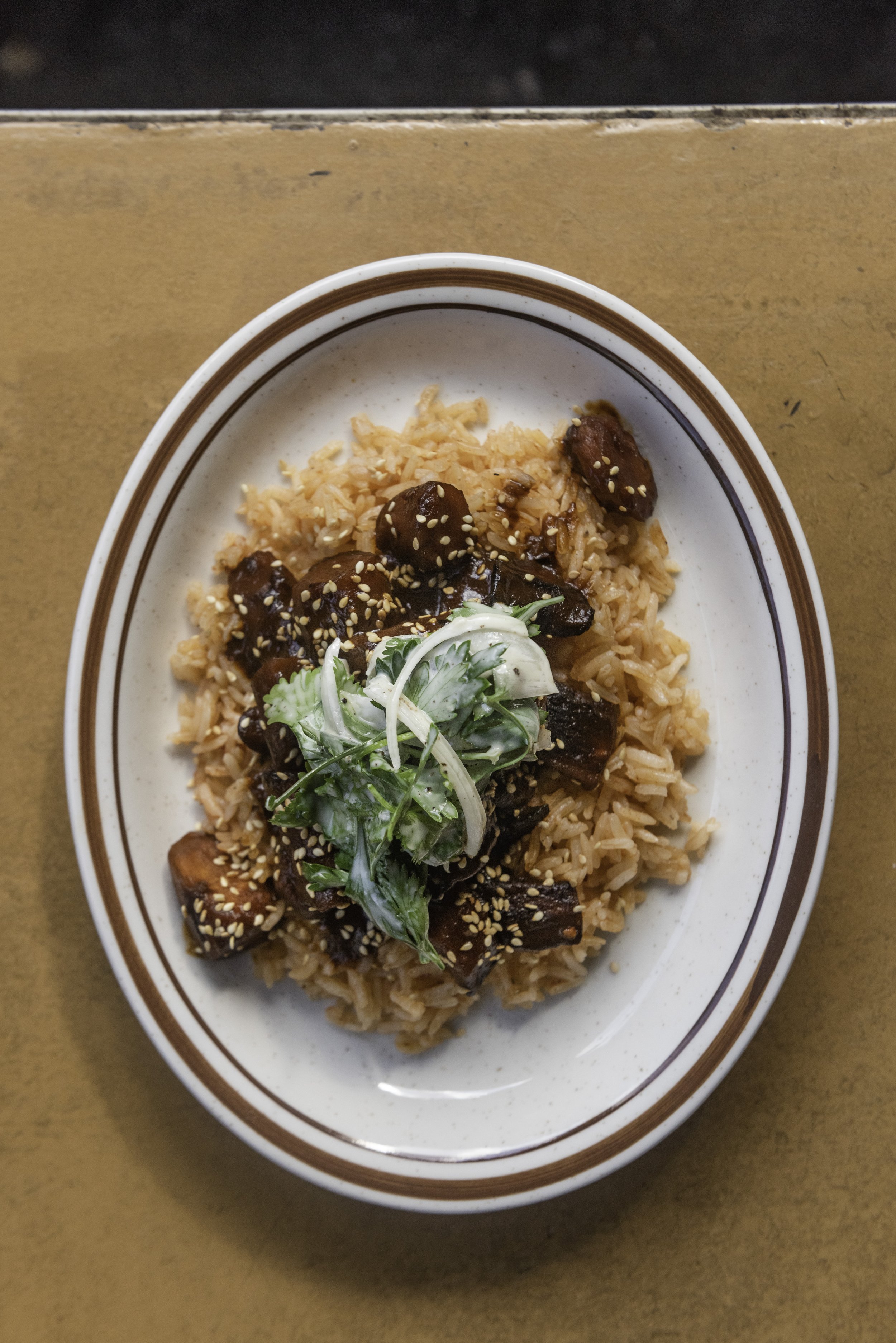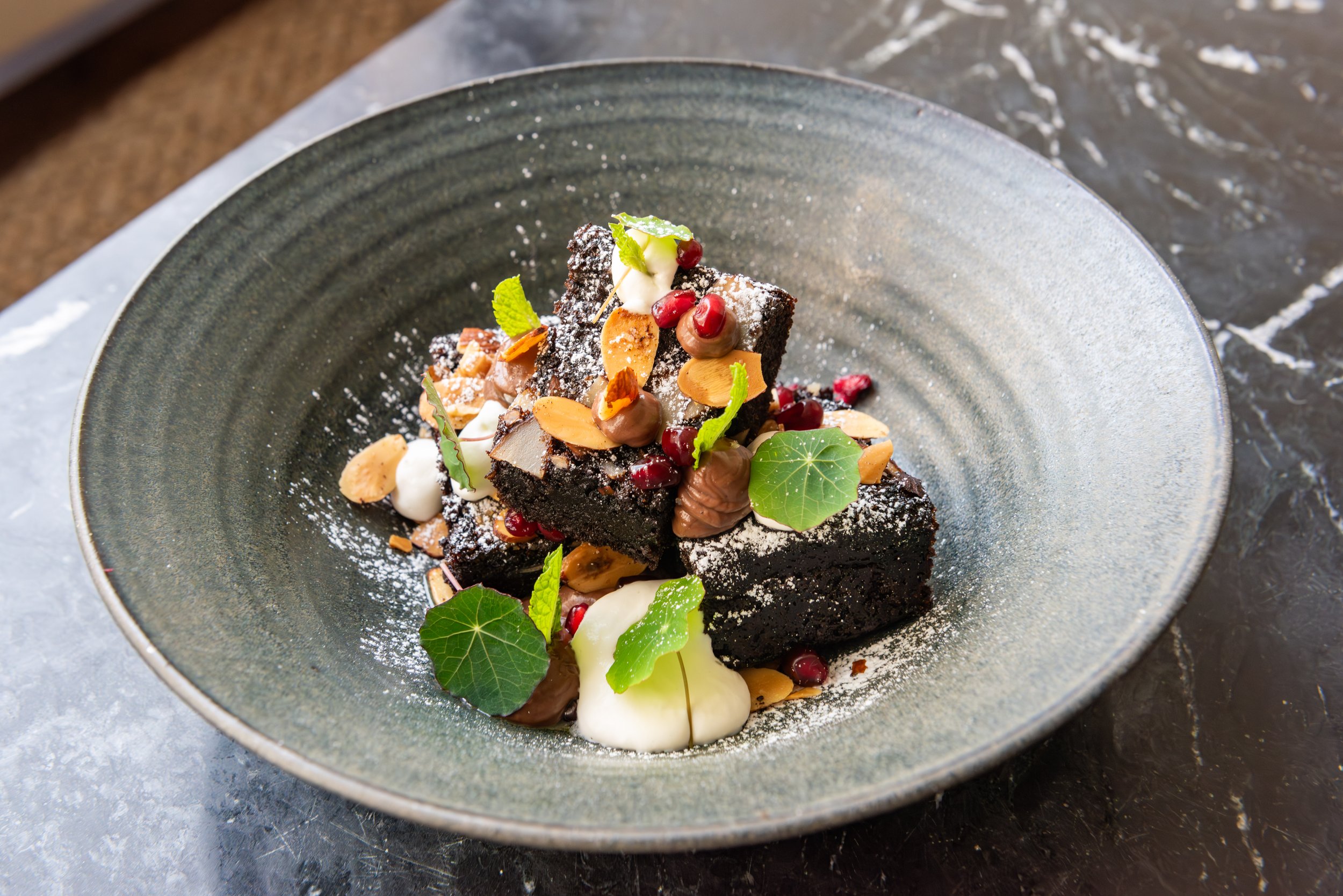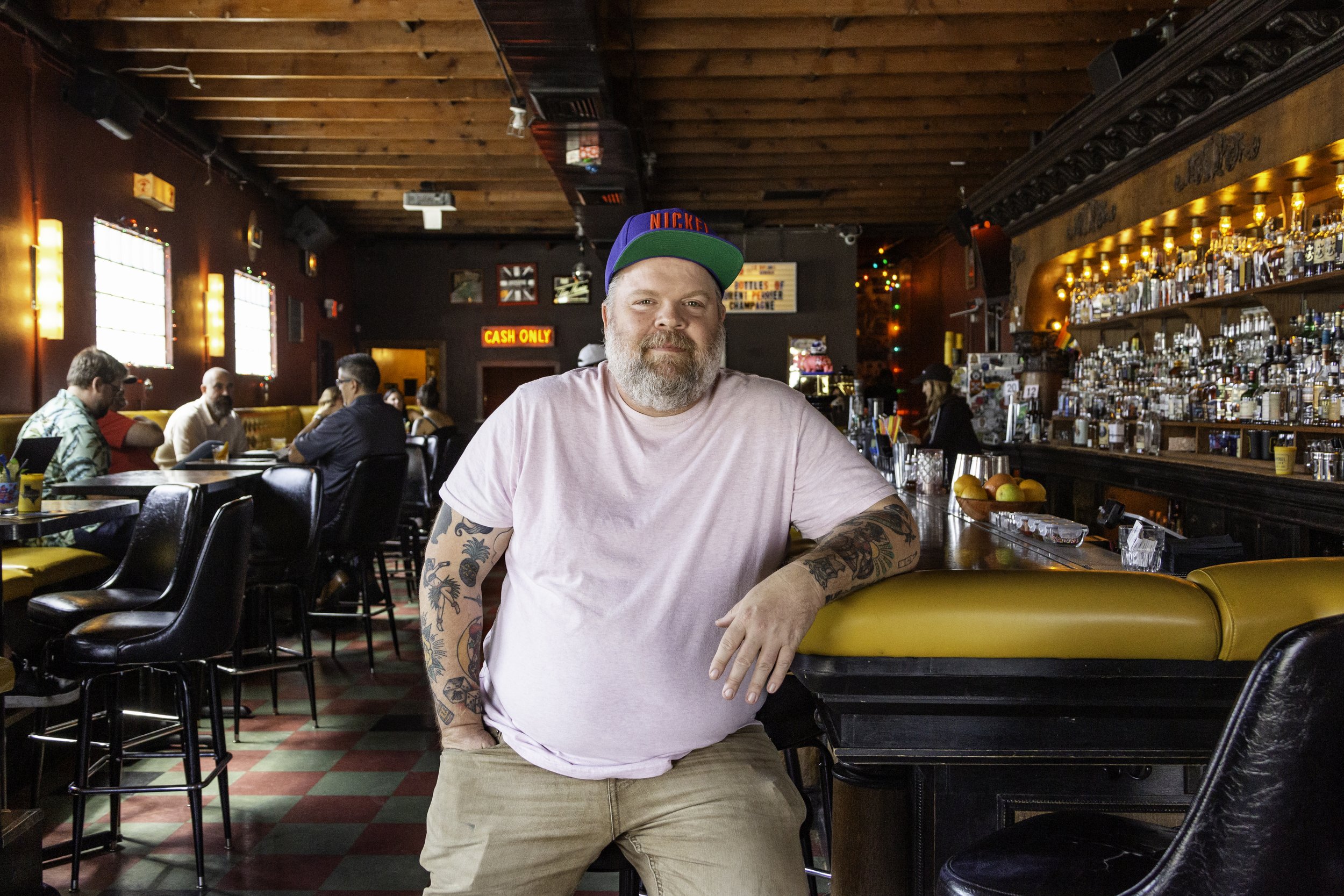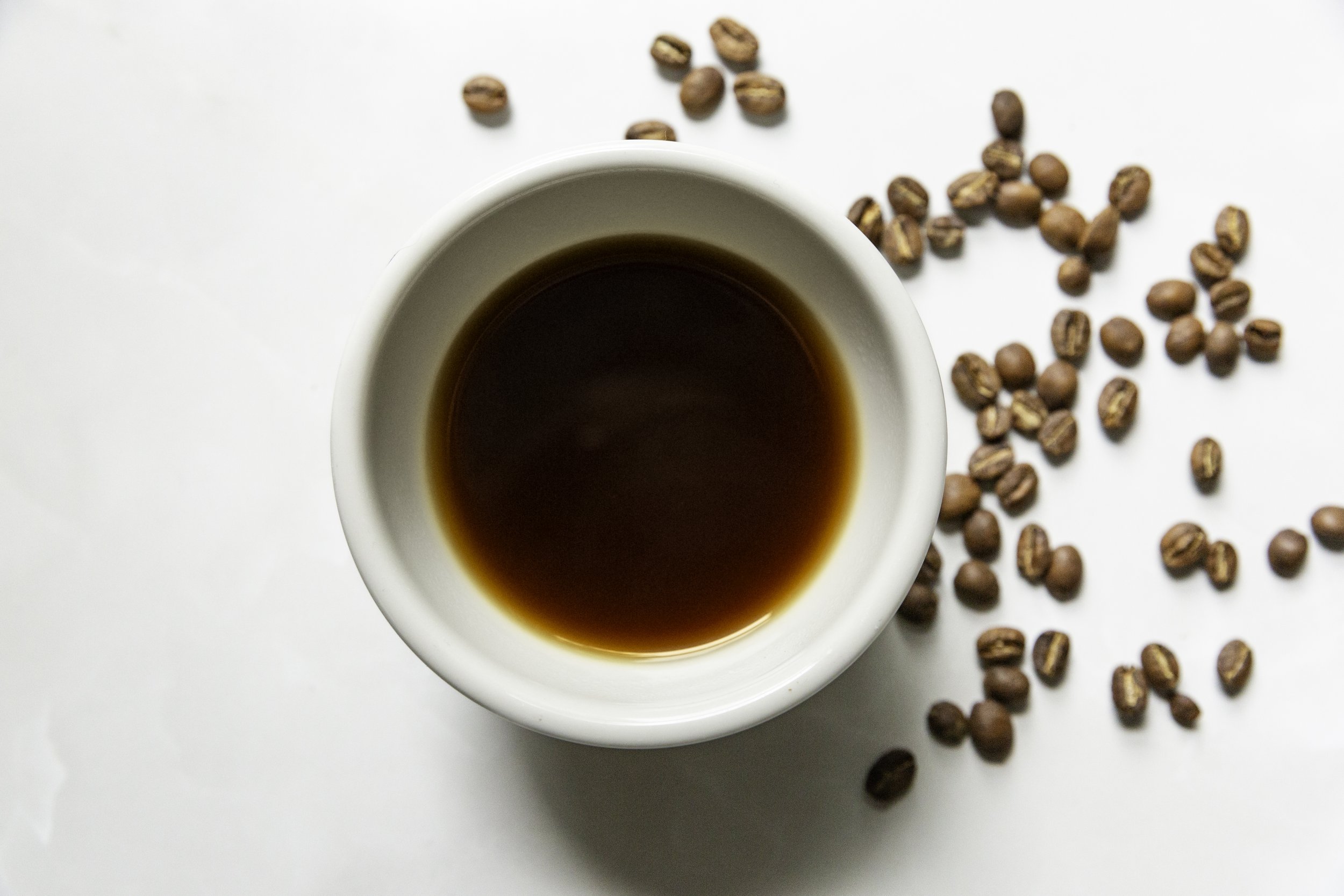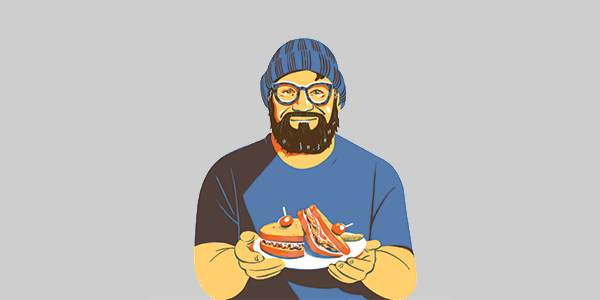South Texas Roots: The Yellow Rose Story
Chef Dave Rizo and Beverage Director Krystiana Rizo bring a piece of San Antonio to New York City's East Village.
Photos: Will Blunt
Although the COVID-19 pandemic forced many businesses to close their doors, for some, like the East Village’s Yellow Rose, it presented an opportunity. Like many other businesses that started during the pandemic, Texans Dave and Krystiana Rizo (executive chef and beverage director, respectively) began Yellow Rose as a pop-up, and transformed it into a full-blown brick-and-mortar operation. Since they met, the Rizos have always stayed true to what felt right for them. This authenticity has carried over to their business, where they have created a true feeling of South Texas in the East Village, from the menu, to the music, and to the decor. Will Hartman chats with the Rizos about opening a business during the pandemic, serving food and beverages that speak to their Texas roots, and relying on their local community to succeed.
Rollercoaster by the Sea: Dark Rum, Jamaican Rum, Coco Lopez, Cap Corse Mattei Blanc, Lime, Strawberry Jam
Krystiana and dave rizo of Yellow Rose
Roasted Carrots, Mole, Spanish Rice, Herb Salad, Tahini Dressing, Walah Walah Onions, Toasted Sesame
Will Hartman: How would you describe the concept of Yellow Rose?
Krystiana Rizo: RIZO: I think that Yellow Rose started the way we met. We’re both from San Antonio, but met in Nashville, and got married within a month of meeting each other. When we first moved to New York, we found so many different kinds of food here, but no breakfast tacos. We couldn’t find that South Texas taco shop.
Dave Rizo: That was kind of like the light bulb going off in my head. The original concept for Yellow Rose was a restaurant where we could eat the food that we missed from back home. Obviously, we have tacos on the menu. The only thing we heighten, in terms of traditional South Texas food, like the breakfast tacos and the chicken fried steak, is the sourcing. Can we make a bacon and egg taco where everything is sourced to the extreme—finding the best eggs and the best pork belly? Can we find the best flour for our tortillas? Some things seem so simple, but are actually extremely nuanced and complicated when you break them down.
How has the concept of the business changed over time? How is that reflected on the menu?
DR: I think we’ve gotten a little more progressive in the sense that we’re more confident in doing weirder things. At the bar right now, we’re making a chicory shrub. I don’t think that’s something we could or would have done on day one. People get receptive to things: what we post on Instagram, you can see what people get excited about. When we first opened, we felt we had to abide more by the Tex-Mex rules. We never said we were a Tex-Mex restaurant though. We’re a South Texas-inspired restaurant. Have you ever had a pork schnitzel at a Tex-Mex joint? This was my first time having total creative control, so seeing that come to fruition has been a dream since I started cooking. It’s nice to make something not only for myself, but to also serve these dishes in New York that people back home would be proud of. There’s so much food and culture represented here, but not a lot from South Texas.
So, how did you start Yellow Rose?
KR: Our first pop-up was in early 2020, right before the pandemic. We had an awesome turnout. We thought this could be a thing—that we should keep doing these pop-ups and see what happens. Our next one wasn’t until the summer at Hunky Dory. We had another great turnout, and that kickstarted us to do more. We ended up doing a few with outdoor dining and even meal kits. We did a collaboration with Chef Ed Szymanski when Dame was still a pop-up, and we also did a few at Trans-Pecos in Ridgewood. After a while, a friend of ours approached us about the space we are in now. They had seen that our pop-ups were pretty popular, and asked if we were interested in a weekend long pop-up in this space. That turned into asking if we wanted to take over the lease. When we opened, we were takeout-only. We had the barriers up. No one could sit at the bar. It was very much a pandemic restaurant.
Damn Good Margarita: Tequila, Lime, Orange Juice, House Tajín
Chicken-Fried Steak: NY Strip, Masa Gravy, Chile Oil, Parsley, Rosemary, Mashed Potatoes
Since you opened, you’ve expanded to outdoor dining, and then to full service. How have your customers adapted with the business?
KR: People were, at first, so used to us being a takeout-only restaurant that they went from just ordering delivery to ordering pickup. When they would come in, I would be like “Oh, you’re so and so, you order delivery all the time! You should come in to eat, it’s a different experience.” It was a lot of talking to people and making them feel appreciated and inviting them to come in. We always get people saying, “I remember drinking a margarita in the tent when it was thirty degrees outside.” It’s really cool for them to see how far we’ve come.
What was it like opening a business during a pandemic? Did you see it as an opportunity or a necessity?
DR: Before the pandemic happened, we were working at other restaurants. I was a kitchen manager and Krystiana was a bar manager. When the pandemic hit, we both were on unemployment. We saved up those unemployment checks. We did the pop-ups, and came out of all of this with a restaurant out of sheer luck. Our perception is skewed compared to a person who opened a restaurant during a normal time with a bunch of backing. We saw what it was like to be unemployed, to have to figure out how to make money. We were just as scared as everyone else. We wanted to get this place going well enough so we could take care of people.
KR: During the pandemic, we unfortunately lost a lot of really great restaurants. But when we opened, all of these restaurants also came together, especially the ones that opened when we did. We were all each other’s biggest supporters. With the guests, they wanted to see business thrive and stay open. It was a stark mixture of those two things. But this is what we want to do. This is our food and our drinks. We’re putting ourselves into this. The guests see the humanity side of it, that these people are trying hard to make sure their business is successful.




